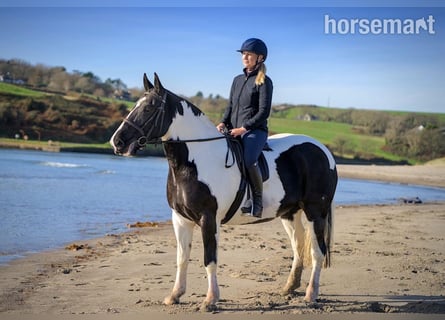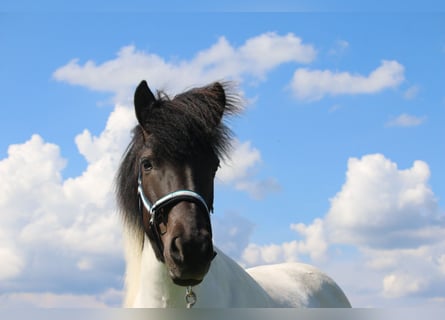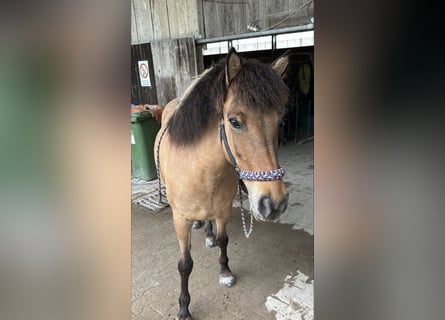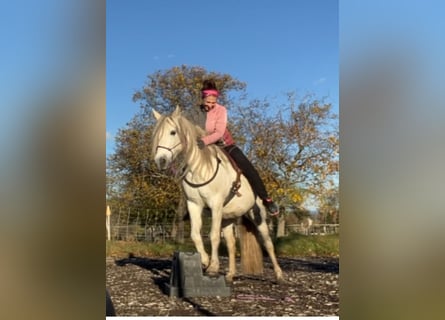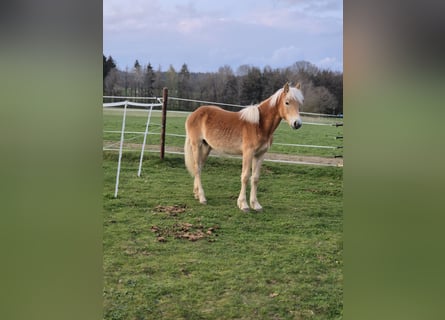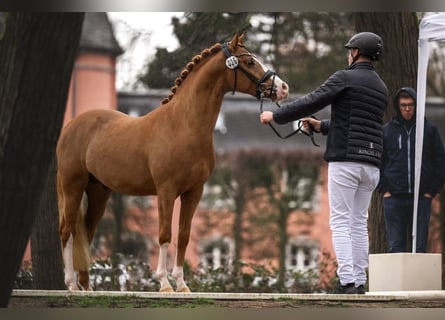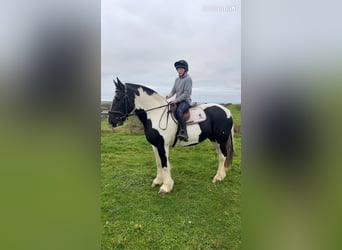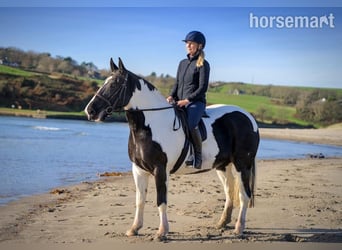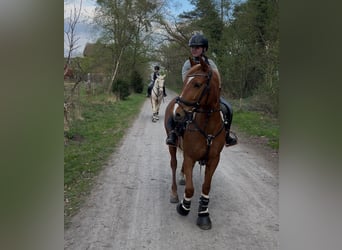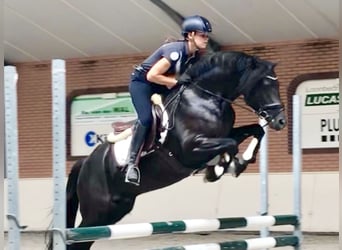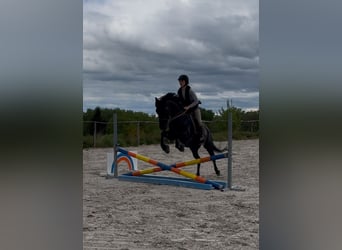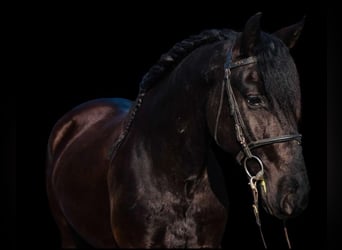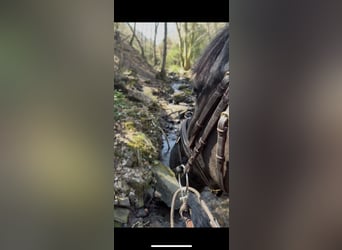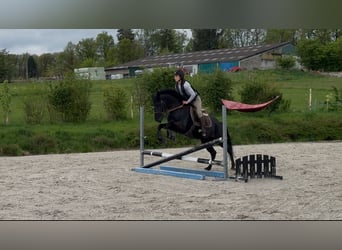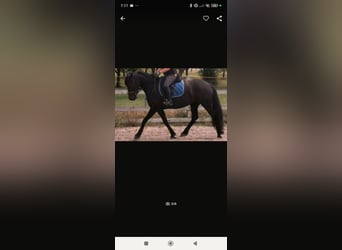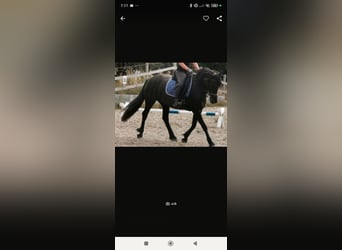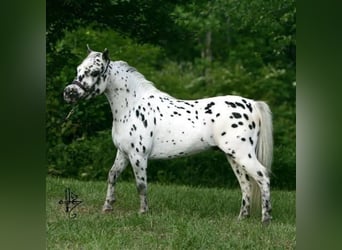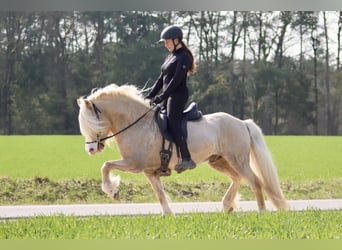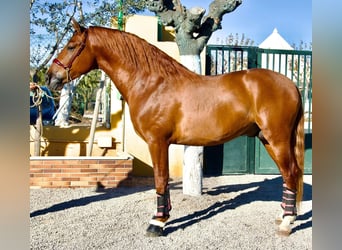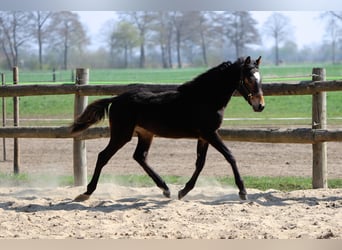IE
Ponies for sale
Page-1-Ad
In addition, interested parties can directly see more information. This significantly increases the number of potential buyers.

IE
DE
DE
DE
AT
DE
DE
DE
DE
NL
AT
BE
DE
IS
AT
DE
ES
DE
DE
DE
Ponies for sale on ehorses
It's not surprising that the saying “pony in the barn” means something to get excited about. After all, who wouldn’t be excited about a new Pony? Many children dream that someday someone will buy a pony for them. Ponies aren’t just for children, though. The great characters may not be as tall as a horse, but many of them are capable of carrying an adult rider. Welcoming a pony into the family is a big responsibility but it’s also guaranteed to bring everyone lots of pleasure and fun for years to come. Knowing the vendors who sell ponies can be very helpful in making the right choice.
Features and character of Ponies
The world’s tiniest ponies can be as small as 32 inches in height at the withers (8 hands/81 cm). The maximum height for any pony is 14.2 hands high (58 inches/147 cm). When taller than that, they are considered a horse. Many people believe that ponies are not only smaller but that they also have different characters than horses. This may partly be due to the way they are bred, as many of them still live in their traditional environments which are often challenging to them. This means that ponies need to adapt and use their wits to survive and thrive. Horses, on the other hand, are the outcome of selective breeding over centuries and have been intensively kept and stabled, rather than living naturally. People talk about horse sense, but there’s an even better case to be made for pony sense!
There are literally hundreds of pony breeds across the globe, so ponies come in all shapes and sizes. The ponies of the Shetland Islands are small, sturdy and very appealing, with masses of flowing mane and tail. They are size-for-size some of the strongest ponies too. At the taller end of the scale, the Highland Pony, Dales Pony and Welsh Section C Ponies are strong and versatile, often used for pony trekking and also in harness. Some ponies, especially those that are bred for showing, are slender and fine. They can look almost like little Thoroughbred Horses. Others are sturdy and broad. Speed and jumping skills are not confined to any type or breed. A robust Cob-type pony can often perform just as well as a lighter more horse-like pony in the jumping arena or across country. Ponies are individuals, even when they are members of a breed, and they each have their own unique temperament and abilities.
For showing, ponies will be expected to have a certain look and also good conformation for riding. This is usually a small, neat head on a well-shaped and well-set neck, a good length of shoulder, and fine legs that nonetheless have strong bone. The shoulders should be lengthy and not too upright, and the pasterns should have a good slope but not be over-long. For driving ponies, the shoulders and pasterns can be more upright. Whatever the intended use of the pony, conformation faults such as sickle or bent hocks should be avoided.
Good jumping ponies, whether for show jumping, cross country or eventing, come in many shapes and sizes. Their ability is not necessarily reflected in their looks! However, good jumpers will certainly have acquired a reputation and gained plenty of rosettes and cups. This will be reflected in their advertisements when they are for sale.
When buying a first pony for a young rider, temperament is undoubtedly the most important consideration. Many modern pony breeds have been selectively bred for good temperament for this reason. Today there are many more options for ponies to take part in competitive and non-competitive activities. Ponies participate in everything from horse agility to visiting care homes, taking part in heritage events, and enjoying themselves at pony parties.
Ponies - these breeds belong to them
With so many options available there’s a pony for every home, from highly competitive equestrian families to folks who simply want a much-loved family pony. The smallest horses in the world are the Falabella Horses, technically known as small horses rather than ponies, as are the pony-sized Icelandic Horses, Mongolian Ponies, and under-sized Arabians. Welsh Section A and Welsh Section B ponies are some of the most popular ponies for young riders and have been influential on many other pony breeds such as the Australian Pony and the American Welara. Shetland Ponies are some of the greatest characters around, and they too have contributed to other breeds such as the American Shetland and the Pony of the Americas. Taller, stronger ponies such as theDales Pony, Fell Pony and Highland Pony make good mounts for adult riders and are widely used in pony trekking and horseback riding for the Disabled. Many pony breeds still live semi-feral lives, such as the British New Forest, Exmoor Pony and Dartmoor Pony.
